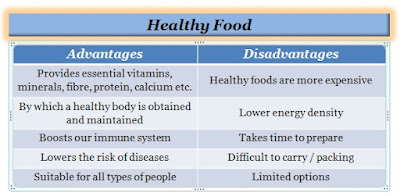The concentrations of the solutions in the lab are typically 1 M or less; therefore, we obtain no more than 1M hydrogen ions for pH 1, and for pH 14, we get no more than 1M hydroxide ions. The pH value, which ranges from 0 to 14, indicates the alkalinity and acidity of a solution.
pH is defined as the negative logarithm of the H+ ion (hydrogen ion) concentration. It is measured by the pH scale, which has a scale range of 0–14. A pH scale is used to measure acids and bases.
The mathematical definition of pH is simple; it states that pH is equal to the negative logarithm of the hydrogen ion (H+) concentration.
pH = -log [H+]
Solutions with a pH value between 0 and 7 on the pH scale are said to be acidic, and solutions with a pH value between 7 and 14 on the pH scale are said to be basic. Neutral solutions are those that have a pH of 7 on the pH scale.
The acidity or alkalinity of a solution can be measured by its pH using litmus paper (blue or red), pH paper, universal paper, indicator solutions, or more accurate electrochemical procedures employing electrodes and a pH meter (millivoltmeter).
Why does the pH range from 1 to 14?
Because the concentrations of the commonly used solutions in the pharmaceutical lab are normally 1 M or less, hence, we receive no more than 1M hydrogen ions for pH 1 and no more than 1M hydroxide ions for pH 14.
This is the most frequently asked question related to the pH scale by science/chemistry students in school/college. The pH scale doesn't range from 0 to 14. The pH values of common solutions fall within this range, although they may also be inside or outside this range.
This is supported by mathematical calculations employing equations that express the equilibrium constant and dissociation constant of the dissociation of water (H2O) into positive and negative hydrogen and hydroxide ions, respectively.
When the concentration of the solution exceeds 1M, the pH value leaves the range of 0 to 14. While in general, the pH value is the negative logarithm of the hydrogen ion concentration, chemistry graduates will know that technically, the value is a measure of hydrogen ion activity. Although this is difficult to estimate or detect experimentally, the former method is suitable for most cases with appreciable accuracy.
Summery:
- The pH value of a solution is the negative base-10 log of the hydronium ion concentration of the solution.
- We use solutions that typically have a concentration of 1 M or less. Therefore, at pH 1, we obtain only 1M hydrogen ions, while at pH 14, we obtain only 1M hydroxide ions.
- Because pH is a logarithmic measure, a change in pH of one unit is equivalent to a ten-fold change in the concentration of hydrogen ions.
Commonly asked questions:
What does a pH level of 14 mean?
Any solution with a pH of 14 or higher is considered to be strongly alkaline.
Why does the pH level change?
If we add acid or base to the solution, the concentration of hydrogen ions increases or decreases, which causes a change in the pH level.
Why does pH change slowly at first?
Due to the logarithmic nature of the pH scale, meaning that a pH of 1 will have 10 times the hydronium ion concentration than a pH of 2, the pH rises slowly at first.
Why do pH papers contain only 1 to 14 no.?
Because it is a logarithmic scale, the pH scale ranges from 0 to 14 and is used to measure the acidity or alkalinity of a solution.
People also ask
Why is the pH scale inverse?
Why is neutral pH 7 and not 0?
Why does the pH scale start at 7?
Why ph range is 0 to 14? - quora
The ph scale ranges from 0 to 14 and is used to indicate the
Is the ph scale 1-14 or 0-14 only
Why the ph range is is from 0 to 14 for aqueous solutions
Can we have pH less than 0 or more than 14 Why or why not?
What is pH full form?
You may also like this:

